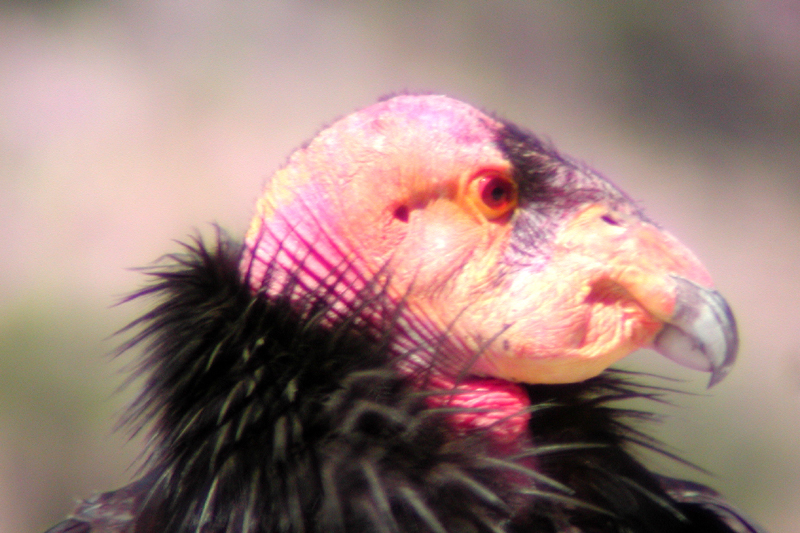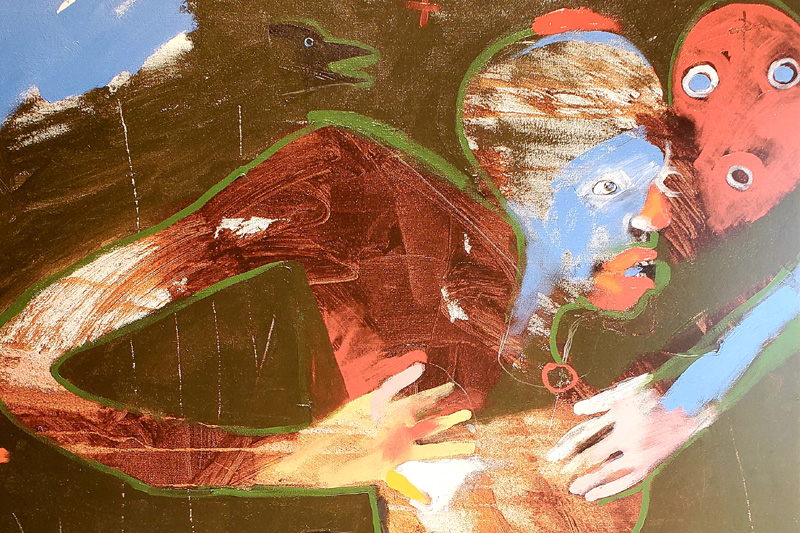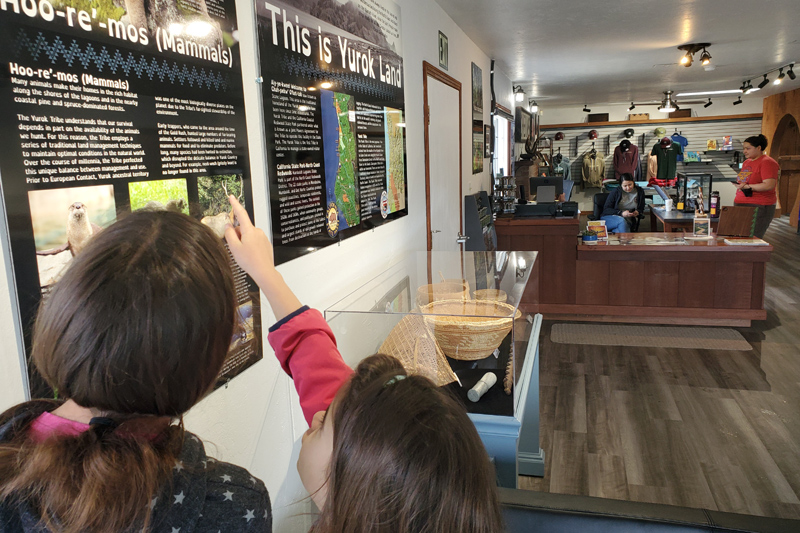Native Americana
The return of the condor marks tribal renaissance on California’s Redwood Coast

Seven heritage stops in Humboldt County offer memorable Native experiences
May 27, 2022
Eureka, California – That the Yurok tribe released a handful of rare California condors in Redwood National Park seems fitting, as Humboldt County, a rural patch with the world’s tallest trees and the West Coast’s wildest beaches, is home to more indigenous people per capita than most of California.
The return of condors to their original habitat, the culmination of decades of captive breeding research and wildlife care involving the tribe, the park and other public agencies, is one of numerous recent Native milestones in Humboldt County.
Travelers here to the heart of California’s Redwood Coast, a few hours north of San Francisco on Highway 101, can personally experience many of them. To celebrate the resurgence of Indian culture in the region, Redwood Coast Parks, an association of Humboldt outdoor enthusiasts and conservationists, and the Humboldt Lodging Alliance, a nonprofit dedicated to responsible tourism on the Redwood Coast, suggests these seven heritage and natural excursions.
1. Search for condors in Redwood National Park
Absent from Northern California for more than a century, the first condors took flight from a staging area weeks ago near Orick in ancestral Yurok grounds, returning every so often to visit a handful of younger birds still in the enclosure.
Visitors are likely to see the birds, with wingspans of up to ten feet, soaring over Bald Hills in the eastern section of the park, not far from their release site. The birds, the largest in North America, are sacred to the tribe and represent, aptly, the spirit of renewal.
“For countless generations, the Yurok people have upheld a sacred responsibility to maintain balance in the natural world. Condor reintroduction is a real-life manifestation of our cultural commitment to restore and protect the planet for future generations,” said tribal Chairman Joseph L. James. The tribe, the largest in California, plans to release more of the birds, called prey-go-neesh, in the coming years in the hopes they will sustain their own populations in the wild.
2. Follow an apron 14,000 miles to Stone Lagoon
Seven miles south of the park, one may watch a live video feed of the condors at the Chah-pekw O’ Ket’-toh “Stone Lagoon” visitor center. Opened in April, it’s the first tribally operated information center within the California State Park system and handsomely displays cultural exhibits, like a traditional grass apron that returned home after an odyssey among collectors that spanned 200 years and 14,000 miles, freshly smoked ocean fish neatly arranged in rows of sand, and native art, jewelry and apparel for sale. The center is on Hwy 101 overlooking Stone Lagoon, a paddle and fishing coastal paradise, complete with boat-in only campground.
3. Live a little in the Sumeg Village
Ten miles farther south, take nothing but right turns in Sue-Meg State Park (the name changed from Patrick’s Point State Park in September) and you’ll reach an impressive recreation of a Native American settlement, the Sumeg Village, constructed by local Yuroks, who use it for occasional ceremonies. Otherwise the public is encouraged to explore the redwood plank houses, sweathouse, dance pit and redwood canoes, which, like other traditional boats from the region, have structures identified with primary organs, such as the heart, the lungs and kidneys.
Enter the narrow circular crawlways in the plank houses, intended to keep out bears, wait a moment in the darkness, and you’ll see the pit and stone floors where a fire served as a central heating unit. Nearby, one path goes to a native plant garden, with flora used for food, baskets and medicine. Another leads to Ceremonial Rock, which rewards with a sweeping panorama of the Pacific.
4. Examine Old Home Beach tide pools in Trinidad
Six miles to the south, Trinidad was the site of the Yurok village of Tsurai, one of the West Coast’s oldest continuously inhabited settlements. Yuroks lived here along Trinidad Bay, an ideal place for strategic defense, seafood gathering, sea canoe launches and protection from the harsh ocean elements, for perhaps a thousand years.
The last inhabitant left a century ago and the site is off limits and forested over, but Old Home Beach, also known as Indian Beach, the village’s “front door” to the ocean, is accessible from the trailhead along the Trinidad bluff vista on Trinity Street. On the narrow strand, sea stacks, beach boulders and tide pools teem with sea stars, clams and sea lions.
Much of the surrounding property is owned by the Trinidad Rancheria, which operates the fishing pier, bait and curio shop and restaurant at the base of Trinidad Head, and periodically showcases native art, basket and jewelry at the nearby Sunset Restaurant.
5. Do a healing walk in Arcata
A 40-acre natural refuge hidden in north Arcata, the Potawot Community Gardens demonstrate the power of healing as overworked farmland reverts to its natural state and paved looped trails meander through restored meadows, forests and wetlands. Here the sounds of the city give way to the sounds of nature, whether songbirds or the rustling wind. A spur trail over a scenic footbridge leads to a garden of wild plants used in traditional basket-making, such as willow, hazel, spruce root and maidenhair fern. Interpretive signs captivate with basket design patterns like frogs hand, snake nose and swallow tail.
6. Tour the Hoopa Valley
Located about 50 miles east of Arcata in the Hoopa Valley, the largest Indian reservation in California, the Hoopa Tribal Museum’s collection displays basketry, ceremonial regalia, jewelry, dugout canoes and tools used by Hupa, Yurok and Karuk tribes. Most of the artifacts are on loan from tribal members and are used in traditional ceremonies. Set up an appointment and for a small fee the museum can lead guided group tours to cultural sites like the traditional village of Takimildiñ.

7. Retrace the lost Wiyot language in Eureka
In Eureka, the county seat of Humboldt, the original Restoration Hardware store now houses the Wiyot Heritage Center. The Wiyot tribe, which inhabited the lands surrounding Humboldt Bay, has a big goal, restoring their nearly extant language with old audio tapes of elder songs and stories and notes from anthropologists. Slated to officially open to the public as early as this summer, it beautifully shares the tribe’s past through interpretive displays, native artifacts and attire, and contemporary art exhibits. This spring, for example, it featured the film and works of Rick Bartow, an internationally recognized Wiyot tribal artist known for pushing visual boundaries. The Da gou rou louwi’ center is located in Old Town next to the central Gazebo plaza.
For more information about these and other Redwood Coast attractions, please go to VisitHumboldt.com/native-americana.
For additional press information, contact Stenger Media at 707-497-8134 or richard@stengermedia.com.

